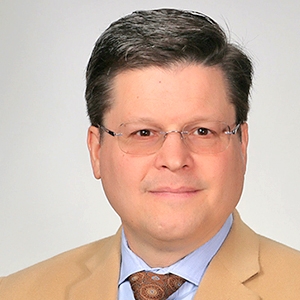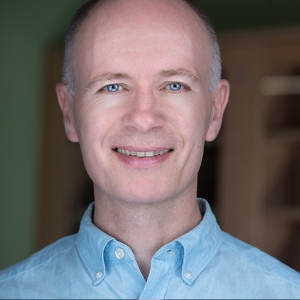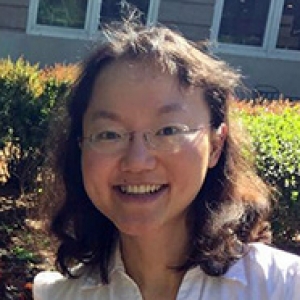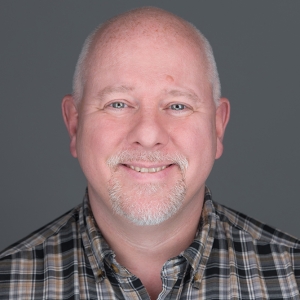Artifact-Free Reconstruction of Medical Imaging Information
The National Institutes of Health
National Institute of Biomedical Imaging and Bioengineering, Academic Research Enhancement Award
Award Date: 05/31/2011 | Award Amount: $250,302 | Effective Dates: 06/01/2011 – 05/31/2015 | Award ID: 1 R15 EB012299-01A1
Project Personnel: Principal Investigator Jue Wang (Mathematics); Sr. Personnel Ronald Bucinell (Mechanical Engineering), Shane Cotter (Electrical & Computer Engineering), Scott LaBrake (Physics & Astronomy)
Project Summary: Prostate cancer is the most common cancer after skin cancer and the second leading cause of cancer death in men in the United States. The options for radiotherapy treatment planning of prostate cancer are limited by CT’s low soft tissue contract, MRI’s distortion of prostate shape, and ultrasound’s speckle noise and attenuation-induced imaging artifacts. Robust and automatic prostate segmentation has only achieved limited success in the past decades and remains a challenging task. A novel technique for reconstruction of medical imaging information is proposed in this project. Four specific aims are proposed. In aim 1, the method and algorithm based on variational principle will be developed and optimized to compensate for attenuation artifacts, and automatically segment anatomic structures in medical ultrasound images. In aim 2, image acquisition protocol and system software will be developed to construct 3D ultrasound volumes and accurately register ultrasound images spatially. In aim 3, the accuracy of the developed system will be quantified and verified in boundary segmentation, localized attenuation artifact correction, and spatial calibration. In aim 4, the approach will be evaluated clinically and qualitatively by involving prostate cancer patients. Treatment plans will be designed based on the proposed method, and compared on dose coverage in the prostate, bladder and rectum. The significance of reduction in planning margin using the proposed method will be evaluated. This project exploits a greater potential of trans-abdominal ultrasound imaging in prostate cancer treatment planning than is currently being realized in daily verification. The proposed method will improve attenuation artifact correction, reveal hidden/additional clinic-important information, automatically delineate anatomic structures, increase cancer treatment accuracy, and reduce normal tissue toxicity.



